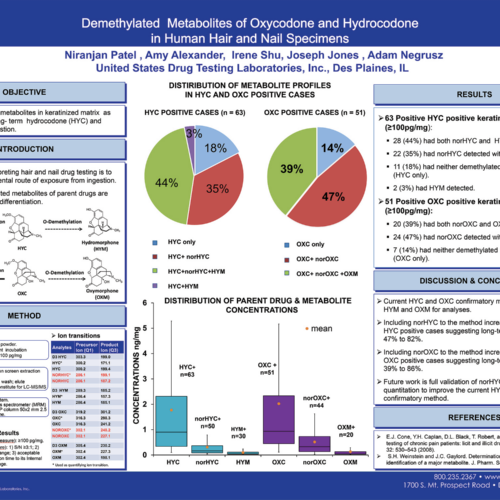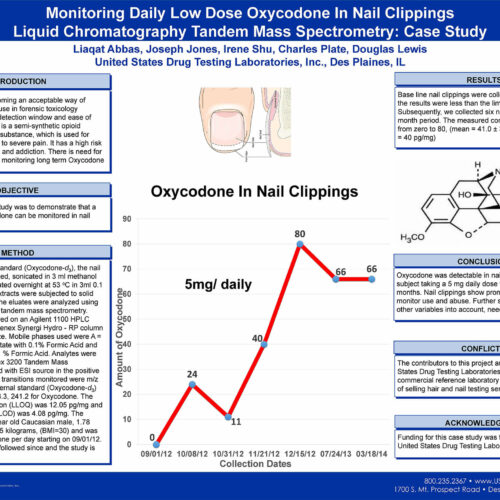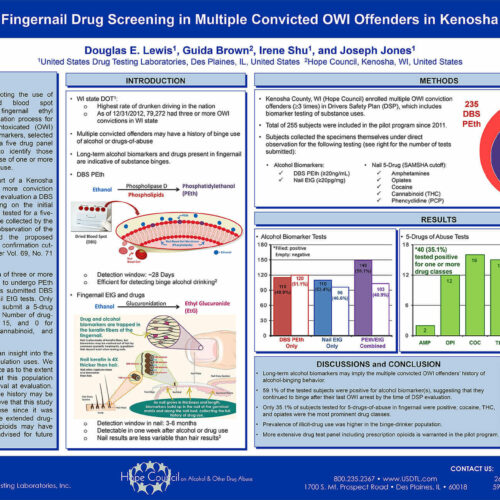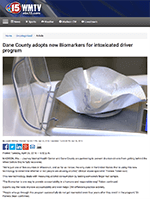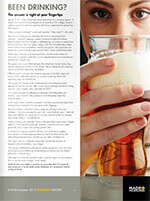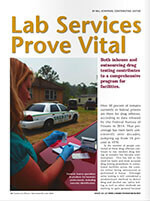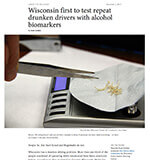Fingernail Resources
Fingernail Resources
Fingernail Drug Testing Fingernail Drug Panels
Fingernail Collection Instructions
Fingernail Videos
Fingernail Infographics
There are currently no Fingernail Infographics. Please check back later.
Fingernail Poster Presentations
USDTL Fingernail Test In the News
View All USDTL Tests In the News
Fingernail Announcements
Cotinine Detection in Hair and Nail Specimens
13-Sep-2021
Long-term detection of the nicotine biomarker cotinine is now available in hair and fingernail specimens. This test was created to determine the exposure of the donor to environmental tobacco smoke and can be added to any hair or nail test panel or ordered as a stand-alone test.
10-Mar-2025
We are announcing the addition of phenibut, medetomidine, and tianeptine to our umbilical cord tissue, hair, and nail testing menus. These substances can be ordered as an individual test or an add-on to any umbilical cord tissue, hair, or nail drug panel.
19-May-2025
We are excited to announce new offerings and improvements to our testing coming on May 19, 2025.
Update to Fingernail Collection
06-Oct-2016
18-Apr-2016
Quantity Not Sufficient (QNS) Explained
02-Mar-2016
USDTL is now ISO/IEC 17025 Accredited
22-Sep-2015
Changes to Fingernail Collection Procedures
27-Feb-2015
Fingernail Articles
Quantity Not Sufficient 11-Nov-2016
Nailing Drug & Alcohol Testing 03-Aug-2015
The Long Game 02-Feb-2015
A Moment In Time 02-Feb-2015
Testing Nails for Drugs 01-Oct-2012
USDTL Fingernail Research
Fingernail FAQs
There are currently no FAQs. Please check back later.
Contact USDTL
1.800.235.2367
Client Services
Business Hours (CT)
Mon.-Fri. 7am-6pm
Sat. 8am-5pm
Holidays Closure
New Year's Day
Memorial Day
Independence Day
Labor Day
Thanksgiving Day
Christmas Day
Request Your Collection Supplies
For your convenience, USDTL provides test collection supplies at no additional charge.
Newsletters, Posters, and Catalogs
Our print materials will keep you up to date on the latest news in drug and alcohol testing.








